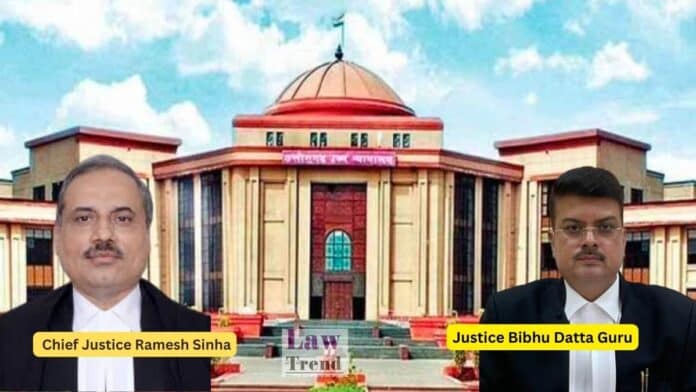The High Court of Chhattisgarh on October 14, 2025, dismissed a writ petition seeking the constitution of a Special Investigation Team (SIT) to investigate the death of Katha Ramchandra Reddy, an alleged Maoist leader, in what the petitioner claimed was a “fake encounter.” A Division Bench comprising Chief Justice Ramesh Sinha and Justice Bibhu Datta
To Read More Please Subscribe to VIP Membership for Unlimited Access to All the Articles, Download Available Copies of Judgments/Order, Acess to Central/State Bare Acts, Advertisement Free Content, Access to More than 4000 Legal Drafts( Readymade Editable Formats of Suits, Petitions, Writs, Legal Notices, Divorce Petitions, 138 Notices, Bail Applications etc.) in Hindi and English.




